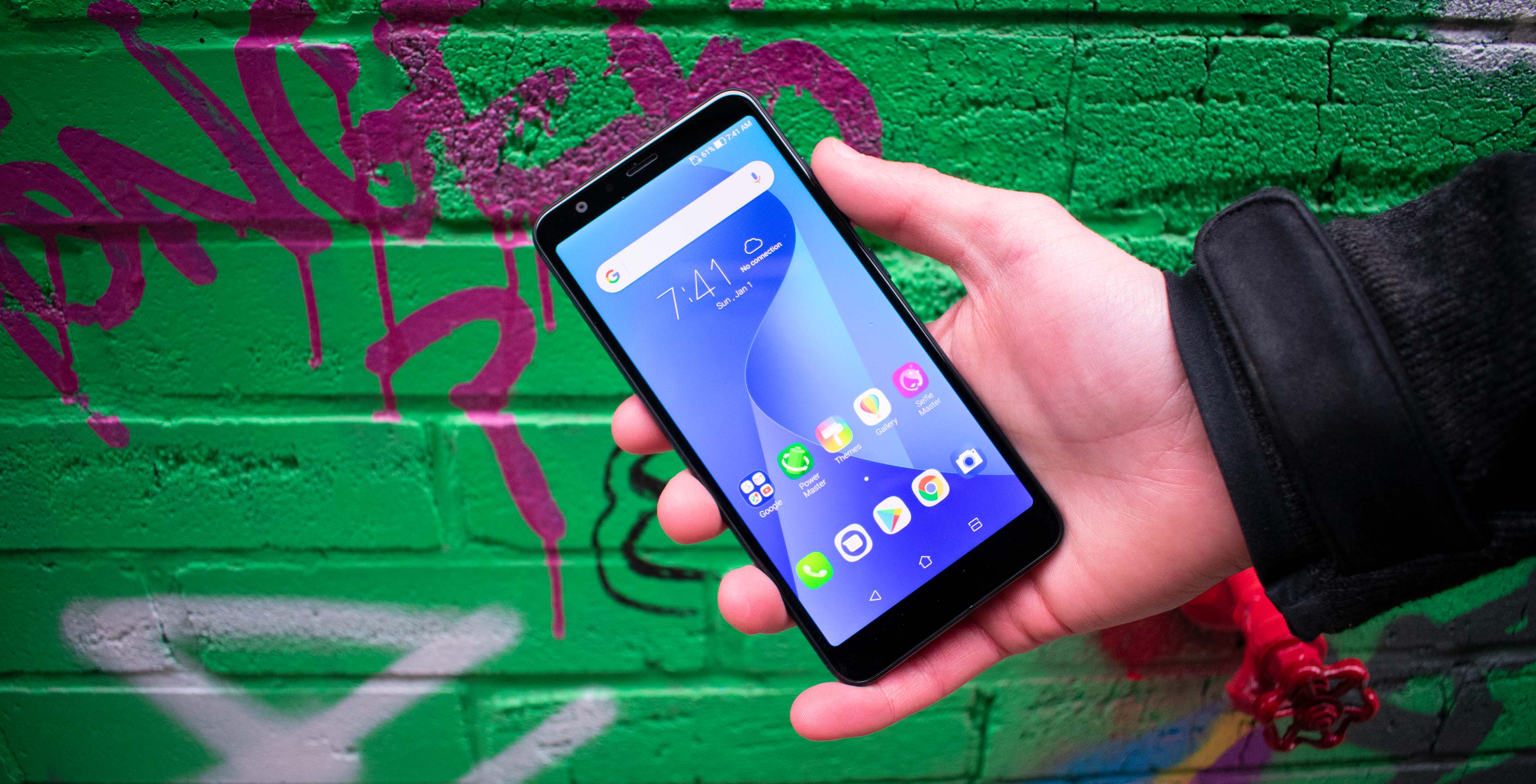
At only $300 CAD, the Asus ZenFone Max Plus M1 is a somewhat unusual choice to carry the brand’s first 18:9 aspect ratio into the Canadian market.
What’s not surprising, however, is to see Asus bring premium features to an extremely affordable handset.
While its lack of carrier support makes it an obscure brand in Canada, the company has consistently been delivered an extremely compelling Android experience over the past several years.
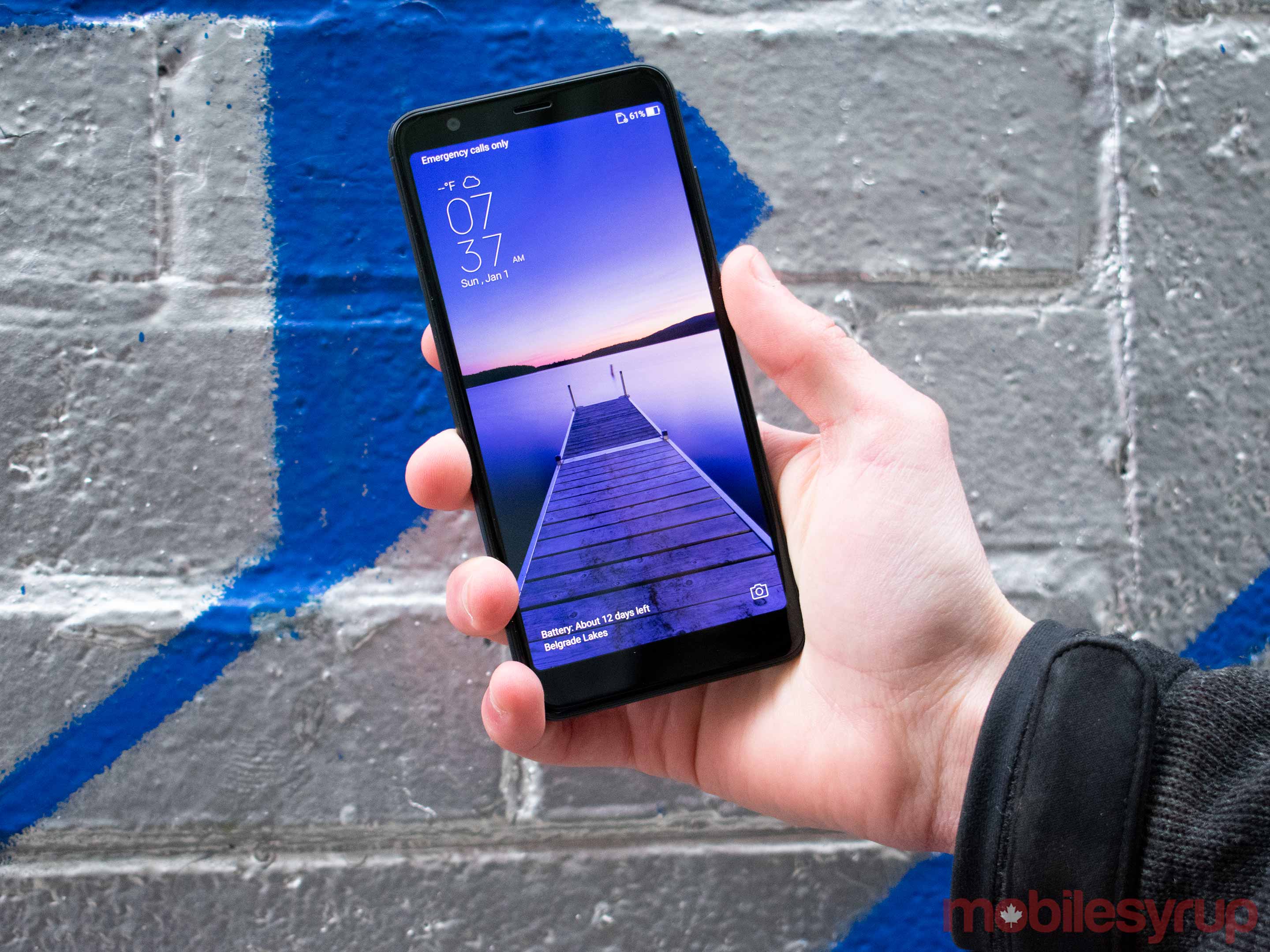
From my hands-on experience with the device, the ZenFone Max Plus M1 is a compelling addition to Asus’ collection of exemplary budget phones, but its unimpressive performance is certainly in keeping with its low price.
In this piece, I’ll mainly compare it against the rugged $350 Samsung Galaxy XCover 4, the modular $300 Alcatel A50 and the $450 LG Q6.
Asus ZenFone Max Plus M1
LG Q6
Samsung Galaxy XCover 4
Alcatel A50
Display
5.7-inch IPS display, 2160 x 1080 pixel, 18:9 aspect ratio
5.5-inch IPS LCD display, 2160 x 1080 pixels, 18:9 aspect ratio
5-inch (720 x 1280) HD display
5.2-inch HD 1280 x 720p display
Processor
MediaTek MT6750T
Snapdragon 435
Quad-core 1.4 GHz, Exynos 7570 Quad
Cortex-A53 quad-core MediaTek MT6738
RAM
3GB of RAM
3GB
2GB
2GB
Storage
32GB (expandable up to 256GB)
32GB (expandable)
16GB (available 10GB) MicroSD (Up to 256GB)
16GB
Dimensions (in.)
73 x 152.6 x 8.8mm
142.5 x 69.3 x 8.1mm
146.2 x 73.3 x 9.7 mm
146.1 x 71.9 x 7.9mm
Weight
160g
149g
172 g
146g
Rear Facing Camera
16-megapixel (f/2.0) + 8-megapixel (f/2.0 +120-degree wide-angle lens)
13-megapixel (f/2.2, AF, LED flash)
13-megapixel with ƒ/1.9 LED flash
8-megapixel 74-degree rear camera with dual-tone flash
Front Facing Camera
16-megapixel (f/2.0)
5-megapixel (f/2.2)
5-megapixel with ƒ/2.2
2-megapixel front camera with LED flash
OS
Android 7.0 Nougat
Android 7.1.1 Nougat
Android 7.0 Nougat
Android 7.0 Nougat
Battery
4130mAh battery
3000mAh (non-removable)
Removable Li-Ion 2800 mAh battery
2,800mAh
Network Connectivity
GSM/HSPA/LTE
GSM / HSPA / LTE
GSM / HSPA / LTE, Band 66
GSM/3G/4G/HSPA+/4G LTE/LTE
Sensors
Fingerprint (rear-mounted), accelerometer
Accelerometer, gyro, proximity, compass
Accelerometer, Geomagnetic Sensor, Light Sensor, Proximity Sensor
A-GPS, Glonass
SIM Type
Dual Nano SIM
Nano SIM
Micro SIM
Nano SIM
Launch Date
February 26, 2018
September 28, 2017
June 23, 2017
July 10, 2017
Misc
Colours: Moonlight Black, Azure Silver | Face Unlock, Dual 5-magnet speakers, Micro USB
Colours: Astro Black, Titanium | MIL-STD-810G compliant, MicroUSB 2.0,
MIL-STD 810G certified, IP68
Comes with modular SNAPBAK accessories | USB Type-C | Bluetooth 4.2
Display
Asus ZenFone Max Plus M1
5.7-inch IPS display, 2160 x 1080 pixel, 18:9 aspect ratio
LG Q6
5.5-inch IPS LCD display, 2160 x 1080 pixels, 18:9 aspect ratio
Samsung Galaxy XCover 4
5-inch (720 x 1280) HD display
Alcatel A50
5.2-inch HD 1280 x 720p display
Processor
Asus ZenFone Max Plus M1
MediaTek MT6750T
LG Q6
Snapdragon 435
Samsung Galaxy XCover 4
Quad-core 1.4 GHz, Exynos 7570 Quad
Alcatel A50
Cortex-A53 quad-core MediaTek MT6738
RAM
Asus ZenFone Max Plus M1
3GB of RAM
LG Q6
3GB
Samsung Galaxy XCover 4
2GB
Alcatel A50
2GB
Storage
Asus ZenFone Max Plus M1
32GB (expandable up to 256GB)
LG Q6
32GB (expandable)
Samsung Galaxy XCover 4
16GB (available 10GB) MicroSD (Up to 256GB)
Alcatel A50
16GB
Dimensions (in.)
Asus ZenFone Max Plus M1
73 x 152.6 x 8.8mm
LG Q6
142.5 x 69.3 x 8.1mm
Samsung Galaxy XCover 4
146.2 x 73.3 x 9.7 mm
Alcatel A50
146.1 x 71.9 x 7.9mm
Weight
Asus ZenFone Max Plus M1
160g
LG Q6
149g
Samsung Galaxy XCover 4
172 g
Alcatel A50
146g
Rear Facing Camera
Asus ZenFone Max Plus M1
16-megapixel (f/2.0) + 8-megapixel (f/2.0 +120-degree wide-angle lens)
LG Q6
13-megapixel (f/2.2, AF, LED flash)
Samsung Galaxy XCover 4
13-megapixel with ƒ/1.9 LED flash
Alcatel A50
8-megapixel 74-degree rear camera with dual-tone flash
Front Facing Camera
Asus ZenFone Max Plus M1
16-megapixel (f/2.0)
LG Q6
5-megapixel (f/2.2)
Samsung Galaxy XCover 4
5-megapixel with ƒ/2.2
Alcatel A50
2-megapixel front camera with LED flash
OS
Asus ZenFone Max Plus M1
Android 7.0 Nougat
LG Q6
Android 7.1.1 Nougat
Samsung Galaxy XCover 4
Android 7.0 Nougat
Alcatel A50
Android 7.0 Nougat
Battery
Asus ZenFone Max Plus M1
4130mAh battery
LG Q6
3000mAh (non-removable)
Samsung Galaxy XCover 4
Removable Li-Ion 2800 mAh battery
Alcatel A50
2,800mAh
Network Connectivity
Asus ZenFone Max Plus M1
GSM/HSPA/LTE
LG Q6
GSM / HSPA / LTE
Samsung Galaxy XCover 4
GSM / HSPA / LTE, Band 66
Alcatel A50
GSM/3G/4G/HSPA+/4G LTE/LTE
Sensors
Asus ZenFone Max Plus M1
Fingerprint (rear-mounted), accelerometer
LG Q6
Accelerometer, gyro, proximity, compass
Samsung Galaxy XCover 4
Accelerometer, Geomagnetic Sensor, Light Sensor, Proximity Sensor
Alcatel A50
A-GPS, Glonass
SIM Type
Asus ZenFone Max Plus M1
Dual Nano SIM
LG Q6
Nano SIM
Samsung Galaxy XCover 4
Micro SIM
Alcatel A50
Nano SIM
Launch Date
Asus ZenFone Max Plus M1
February 26, 2018
LG Q6
September 28, 2017
Samsung Galaxy XCover 4
June 23, 2017
Alcatel A50
July 10, 2017
Misc
Asus ZenFone Max Plus M1
Colours: Moonlight Black, Azure Silver | Face Unlock, Dual 5-magnet speakers, Micro USB
LG Q6
Colours: Astro Black, Titanium | MIL-STD-810G compliant, MicroUSB 2.0,
Samsung Galaxy XCover 4
MIL-STD 810G certified, IP68
Alcatel A50
Comes with modular SNAPBAK accessories | USB Type-C | Bluetooth 4.2
To begin with, it has the appearance of a device double its price. The slim bezels and 80 percent screen-to-body ratio are the main reasons for this, but its metal unibody and 2.5D curved front edges helps as well.
Not many budget or mid-range devices offer a lengthier aspect ratio — the Samsung Galaxy XCover 4 and the Alcatel A50 do not, for instance. The LG Q6, however, matches the Max Plus with an 18:9 aspect ratio (though it’s 5.5-inches to the Max Plus’ 5.7-inches).
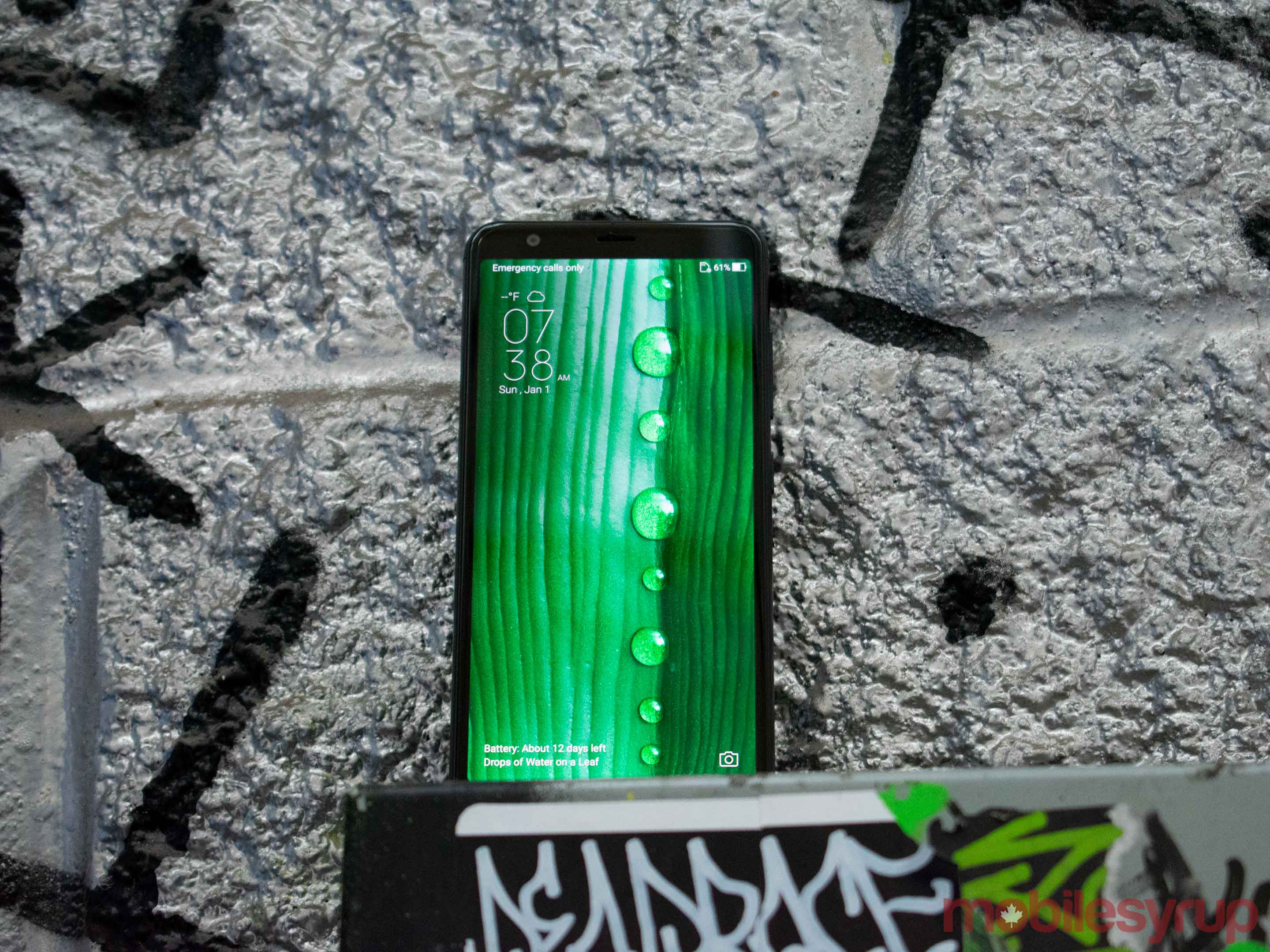
Of course, the Max Plus’ Full HD+ 2160 x 1080 pixel 5.7-inch IPS display will quickly disabuse you of the notion that it’s a flagship, but it’s not terrible, just dim and lacking in contrast.
As for other distinguishing features, the handset has a rear fingerprint sensor and comes in two colours, ‘Deepsea Black’ and ‘Azure Silver’.
In keeping with Asus’ past handsets, the Max Plus also features an impressive camera setup, with dual rear-facing shooters, one 16-megapixel sensor with a f/2.0 aperture lens and another 8-megapixel sensor with a 120-degree wide-angle lens.
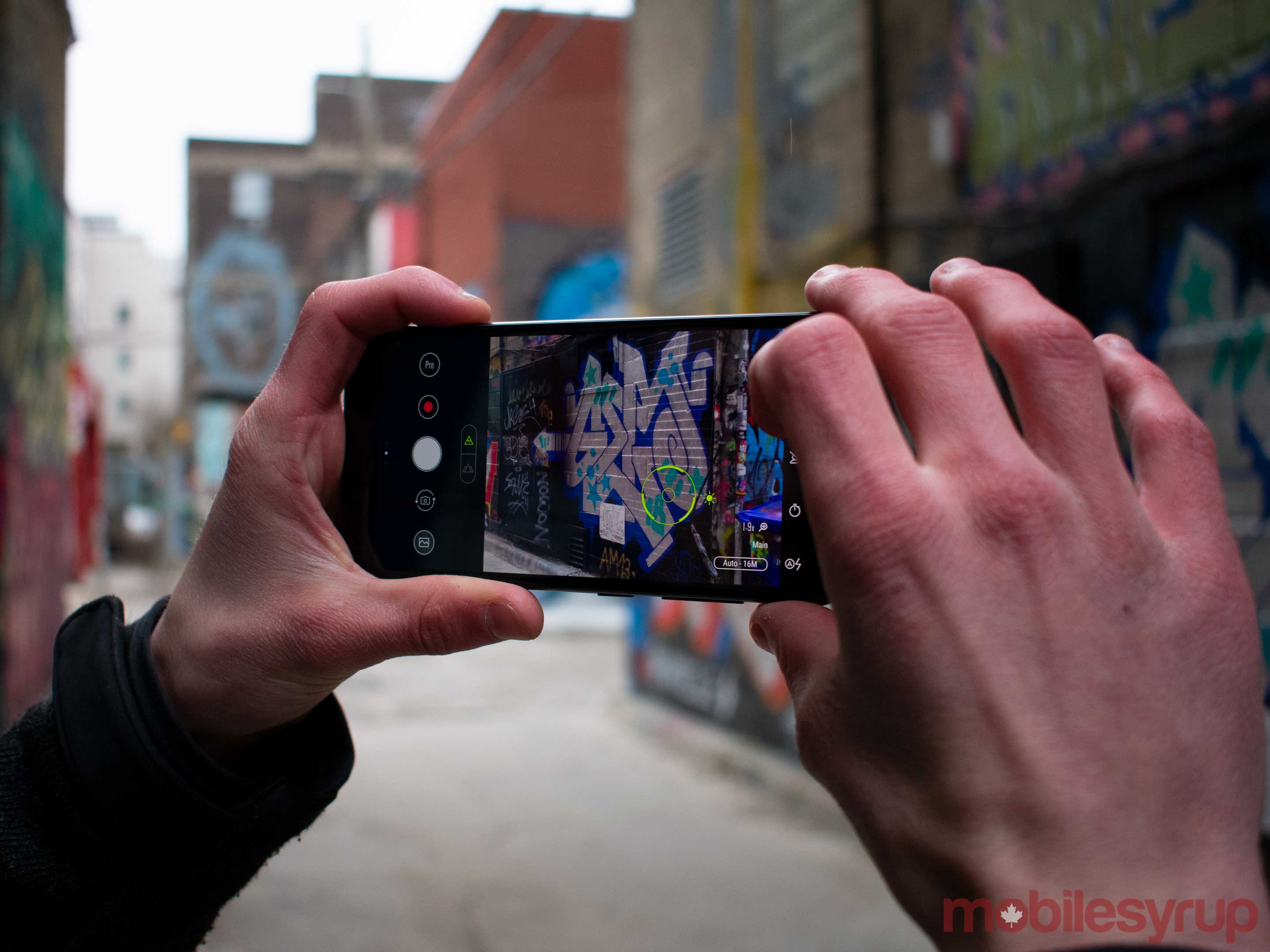
The LG Q6 and Galaxy XCover 4 come the closest to those kinds of camera specifications. Both have 13-megapixel shooters, with the Q6 featuring a f/2.2 aperture lens and the Xcover 4 featuring a f/1.9 aperture lens.
The selfie cam, meanwhile, employs another 16-megapixel sensor with a f/2.0 aperture lens.
The Max Plus runs on a MediaTek chipset, the octa-core MT6750T, which is comparable to a Qualcomm Snapdragon 600-series chipset like the 625. That’s backed by 3GB RAM and 32GB of storage.

This list of performance specs is nothing to write home about and in practice I wasn’t impressed either. The phone was often quick to overheat, slow to download apps, laggy and prone to app crashes, even in the short time during which I evaluated it.
In terms of its competition, most other devices in this range have similarly low-end chipsets. The XCover 4 has a quad-core Exynos 7570, the Q6 is powered by a Snapdragon 435 and the A50 runs on a quad-core MediaTek MT6738. What’s more, none have more RAM or internal storage. However, our reviews of these devices’ performances has been more favourable, suggesting better implementation.
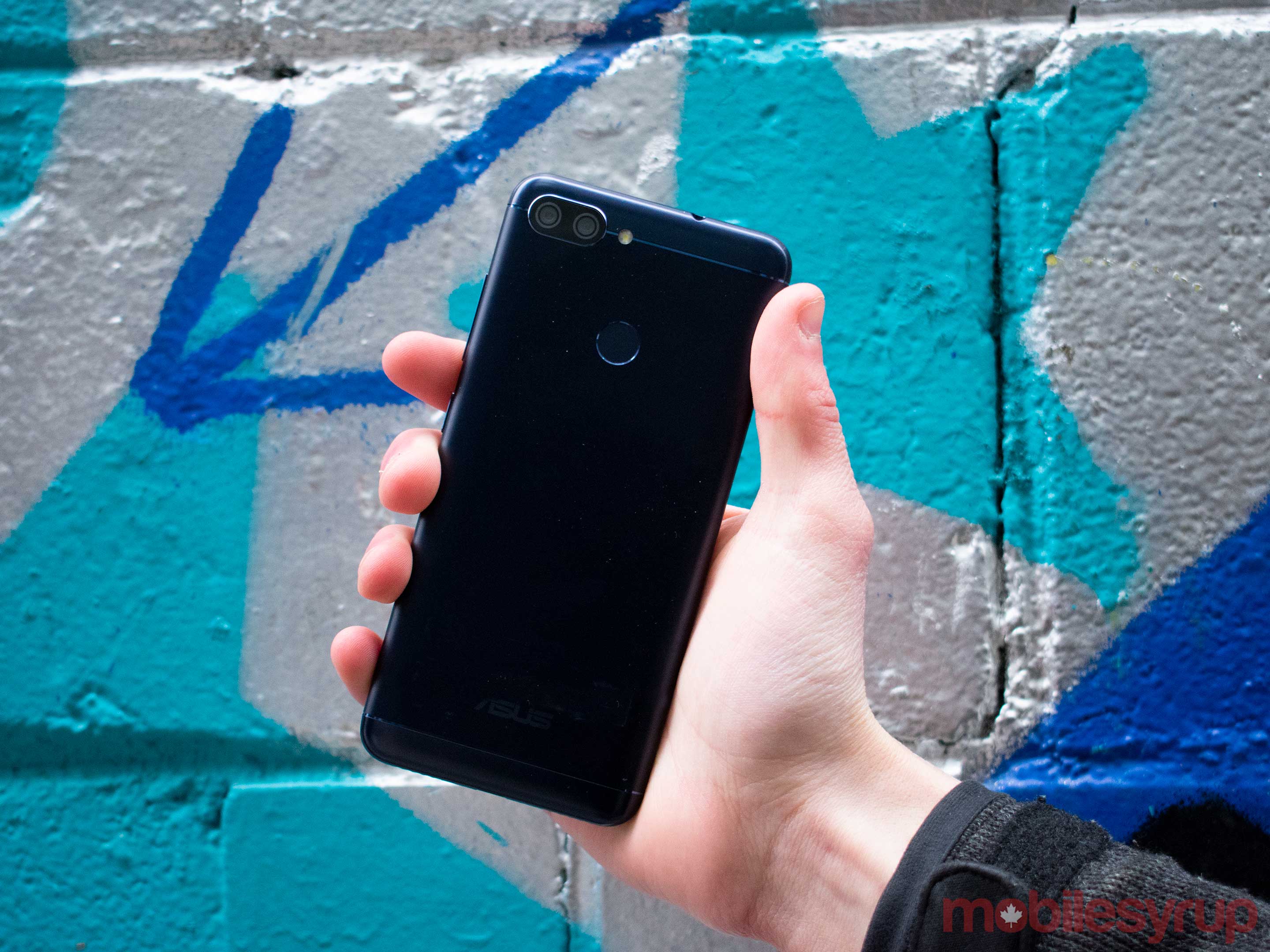
Perhaps more impressive is the 4,130mAh battery, which boasts up to 21 hours of web browsing on Wi-Fi. For me, this is the major advantage of a budget or mid-range device over a flagship, so it’s nice to see such a robust power store.
In this respect, the Max Plus M1 far outstrips its competition, with both the XCover 4 and Alcatel A50 featuring 2,800mAh power stores, and the LG Q6 delivering a 3,000mAh battery experience.
In use, it managed to idle for about 12 days with just a little over 50 percent charge before conking out — a fairly impressive feat. When in heavy use, I found the battery slipped by around four percent within a half hour, however, which is less promising. Altogether, it’s impossible to make a definitive statement about the battery, though on specs alone it does look strong against most of its competitors.

The ZenUI 4.0 software skin running over top of Android 7.0 is moderately clunky, and will likely require a bit of a learning curve for those who’ve yet to use an Android skin with a decent amount of bloatware and alterations. Still, after some customization and a little use, it’s not unpleasant.
For the record there are at least 12 of Asus’ own apps pre-loaded on the phone, some clustered considerately into an out-of-the-way Asus folder.
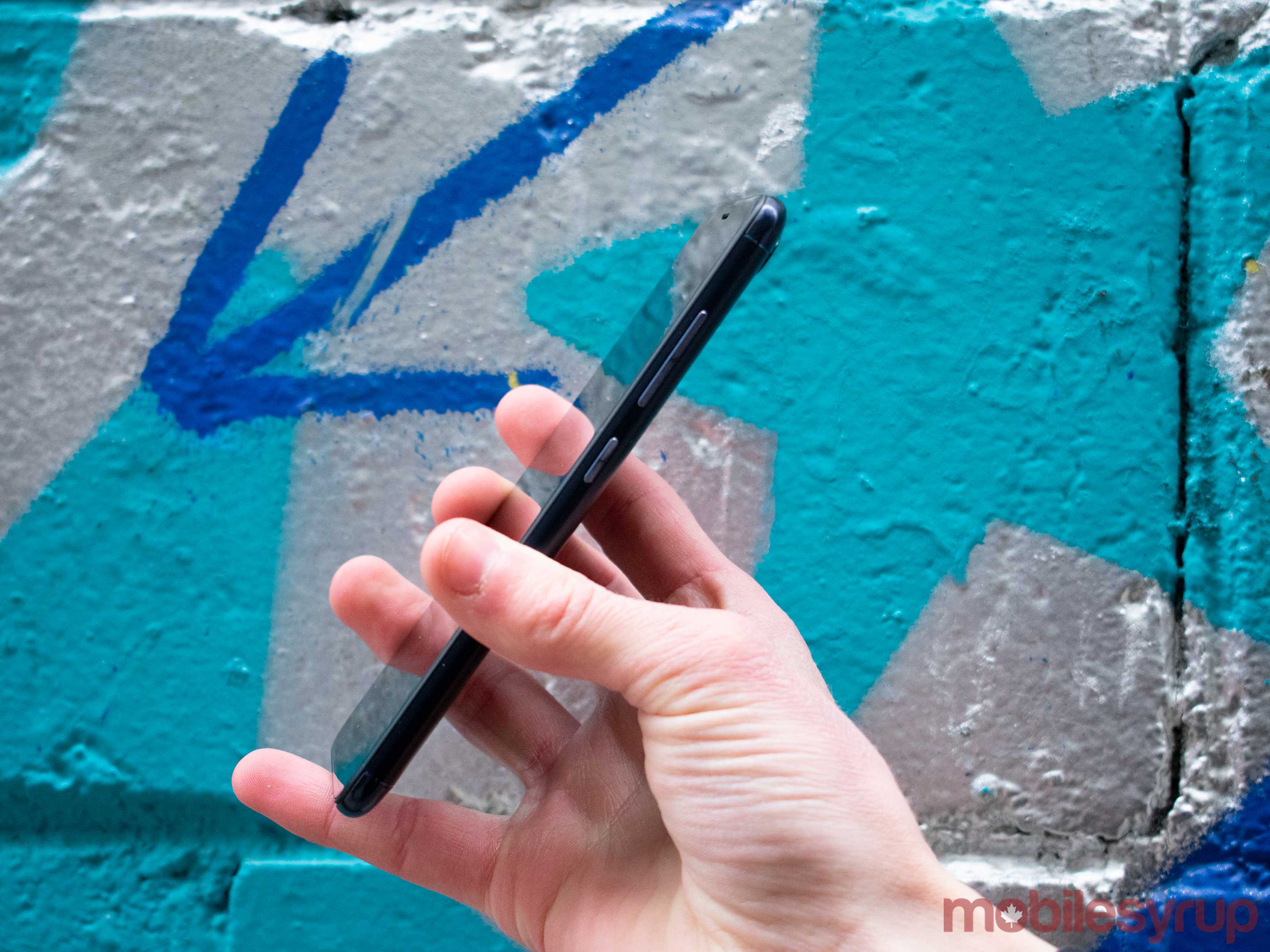
While some of those apps are fairly unnecessary (‘Selfie Master,’ for instance), they’re an improvement on Asus’ even clunkier past software. The company even took a valiant stab at facial recognition, which was difficult to set up but worked a good three out of five times. Alright, maybe that’s not great, but seeing as you can use it alongside fingerprint sensing and PIN, it’s a nice bonus feature.
All in all, the device compares well to its in-market competitors, performs well and has a handsome design to boot. It’s certainly worthy of a second-look when it comes to your next budget buy, but I won’t go as far as calling it a fully successful budget device, as I noticed some concerning issues even within my short time with the device.
The device is available through several Canadian partners for around $300. Find it at Amazon, Best Buy, Canada Computers, Newegg, Memory Express and Staples.
MobileSyrup may earn a commission from purchases made via our links, which helps fund the journalism we provide free on our website. These links do not influence our editorial content. Support us here.


